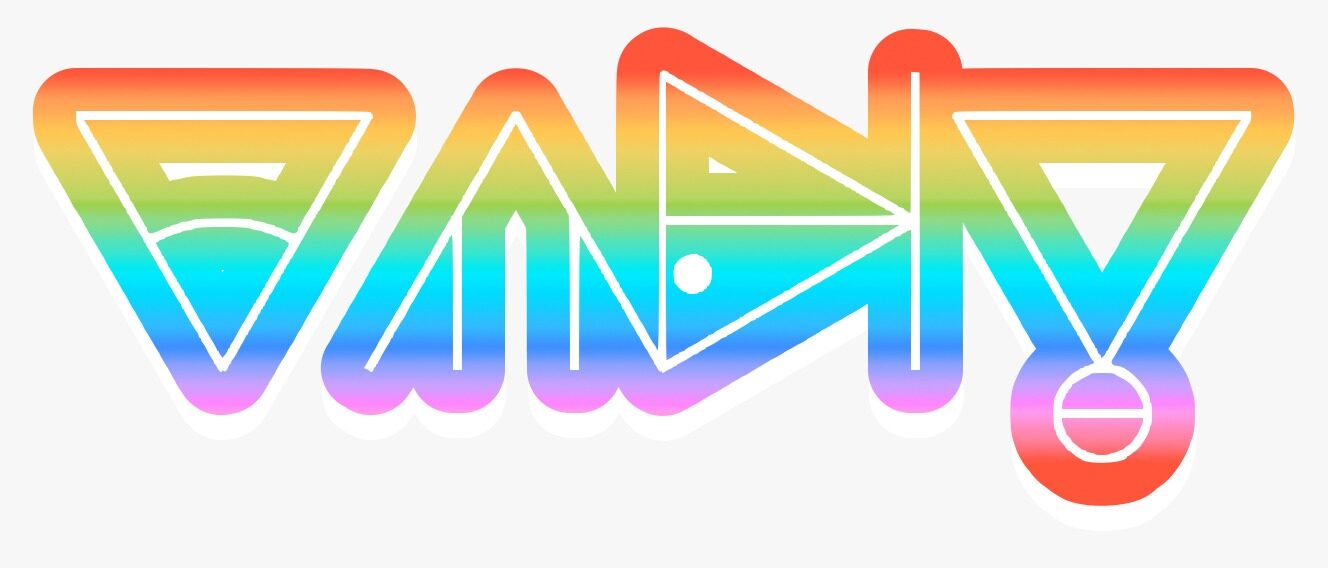Consonants (Ongwaqa)
Consonants are composed of one or more graphemes. At least one of these indicates the place and manner of articulation.
If more than one such consonant grapheme is superimposed, this represents a co-articulation, e.g. an affricate (formed of superimposed stop and fricative graphemes), or an onset cluster. Other overlaid dots and strokes indicate articulatory mode, whether that be voiced, prenasalised, implosive, ejective, modal voice, or a combination thereof.
The position of the consonant graphemes largely corresponds to the place of articulation:
- Labials and nasals are positioned outside the triangle, at the apex.
- Alveolars are across the middle of the triangle from side to side.
- Dentals are two lines across the triangle from side to side, parallel to each other.
- Velars and palatals are at the base.
- Laterals are outside the triangle on one side.
The shape of the consonant grapheme corresponds to the manner of articulation:
- Fricatives are indicated by curved lines; with the retroflex/whistled and postalveolar fricatives being loops.
- Plosives are indicated by straight lines in the same position as their fricative counterparts.
- A plosive is written together with a fricative to write an affricate. The post-alveolar and retroflex affricates are ligatures, with the plosive line
- integrated into the fricative loops.
- Approximants and trills are represented with parallel lines or a line with a right angle in it.
- Nasals, including prenasalization of plosives and affricates, are represented as circles at the apex of the triangle. Lines inside the circles
- distinguish the nasals from each other, unless a plosive is present, in which case the distinction is not necessary.
- Clicks are a bottomless hourglass-like shapes.
- Onset clusters such as tw are similar to affricates: both consonants are placed in the triangle, though some spacial adjustment may be
- Syllabic laterals and trills are represented with duplication of the ordinary lateral and trill graphemes.
- Syllabic nasals, amaQanda, are unique in that they are circles rather than triangles that occupy the entire iBheqe They follow the
- same principles as their onset-nasal counterparts.

| Consonants | Bilabial | Labio-dental | Dental | Alveolar | Post-alveolar | Retroflex | Palatal | Velar | Pharyngeal | Glottal | Lateral (dental or alveolar) |
| Plosive |  /pʰ/ |
 /t̪ʰ/ |
 /tʰ/ |
 /cʰ/ |
 /kʰ/ |
||||||
| Fricative |  /ɸ/ |
 /f/ |
 /s/ |
 /ʃ/ |
 /ʂ/-/sᶲ/ |
 /x/ |
 /ħ/[a] |
 /h/ |
 /ɬ/ |
||
| Affricate[b] |  /p͡fʰ/ |
 /t͡sʰ/ |
 /t͡ʃʰ/ |
 /t͡ʂʰ/-/t͡sᶲ/ |
 /k͡xʰ/ |
 /t͡ɬʰ/ |
|||||
| Approximant |  /w/ |
 /j/ |
 /l̪ / l/ |
||||||||
| Trill |  /r/-/ʀ/[c] |
||||||||||
| Tap or Flap |  /ɽ/ |
||||||||||
| Click |  /ʘʰ/ |
 /ǀʰ/ |
 /ǃʰ/ |
 /ǂʰ/ |
 /ǁʰ/ |
||||||
| Nasal |  /m/ |
 /n̪/ |
 /n/ |
 /ɲ/ |
 /ŋ/ |
||||||
| Syllabic Nasal |  /m̩/ |
 /n̩/ |
 /ɲ̩/-/ŋ̍/ |
||||||||
| Syllabic Approximant/ Trill |
 /r̩/ (r̩.rV)[d] |
 /l̩/ (l̩.lV)[d] |
|||||||||
These graphemes can combine with each other in accordance with the phonotactics of siNtu languages, and they also can combine with the articulatory mode graphemes.
The table below displays the typed and handwritten version of the graphemes :








